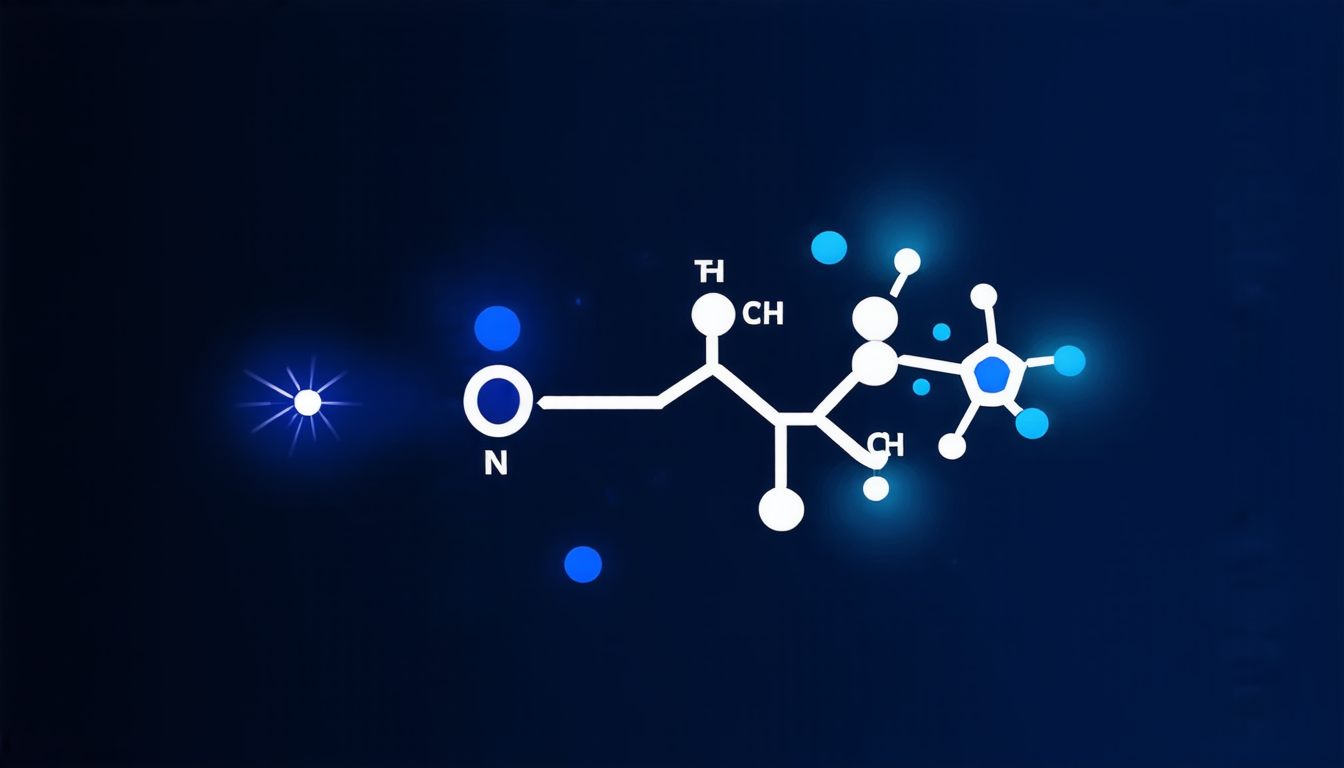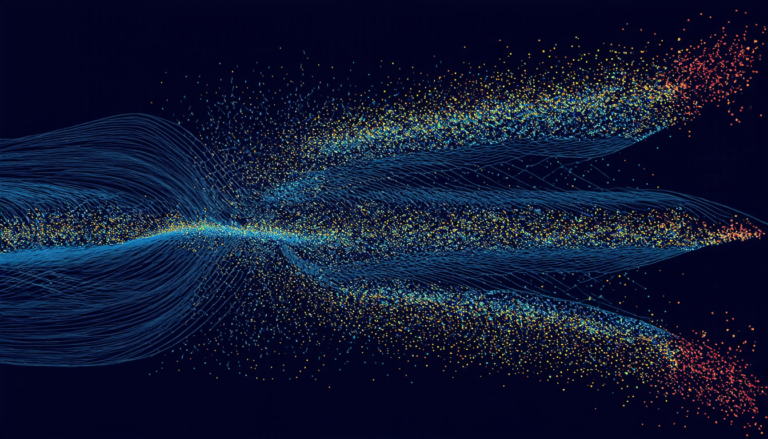Saturday 08 March 2025
Scientists have made a significant breakthrough in understanding the complex interactions between oxygen molecules and carbon dioxide, a crucial process that affects our planet’s climate. By studying the collisions between these two molecules, researchers have gained valuable insights into how they break apart and recombine, shedding light on the fundamental mechanisms that govern their behavior.
The study focused on the high-energy collisions between oxygen anions (O2-) and carbon dioxide molecules (CO2). Using a sophisticated technique called anion beam transmission, scientists were able to create a stream of O2- ions and collide them with CO2 molecules at varying energies. The resulting interactions were then analyzed using advanced mass spectrometry techniques.
The researchers found that the collisions between O2- and CO2 led to the formation of complex ion species, including higher-mass compounds such as CO3+ and CO4+. These findings suggest that the energetic collisions can induce a range of chemical reactions, including double ionization, where two electrons are ejected from the CO2 molecule.
The study also revealed a surprising trend in the total electron detachment cross section (TEDCS), which measures the probability of an electron being detached from the CO2 molecule during a collision. The researchers found that the TEDCS increased with energy up to around 500 eV, before decreasing again at higher energies. This unusual behavior was attributed to the formation of high-mass complexes, which dominate the ionization process at lower energies.
The findings have significant implications for our understanding of atmospheric chemistry and the climate system. The study highlights the importance of considering the complex interactions between oxygen and carbon dioxide molecules in models of atmospheric processes. By better understanding these interactions, scientists can improve their predictions of how the atmosphere will respond to changes in temperature and composition.
Furthermore, the research has potential applications in fields such as laser technology and plasma diagnostics. The ability to control and manipulate the collisions between O2- and CO2 could lead to the development of new technologies with significant practical benefits.
The study is a testament to the power of interdisciplinary research, bringing together experts from chemistry, physics, and materials science to tackle complex problems. By combining cutting-edge experimental techniques with advanced theoretical models, scientists are able to gain insights into fundamental processes that shape our understanding of the world around us.
Cite this article: “Unveiling the Complex Interactions Between Oxygen and Carbon Dioxide Molecules”, The Science Archive, 2025.
Oxygen Molecules, Carbon Dioxide, Climate Change, Atmospheric Chemistry, Collisions, Ionization, Electron Detachment, Mass Spectrometry, Plasma Diagnostics, Laser Technology







